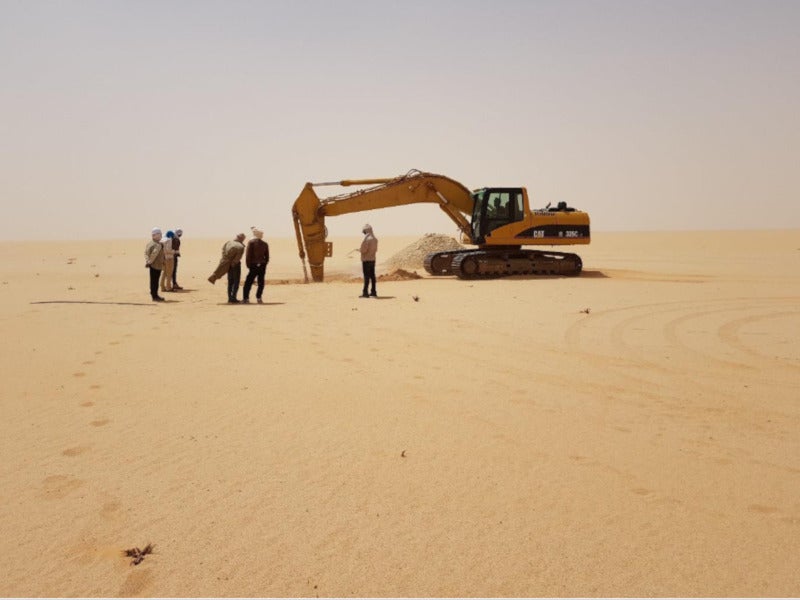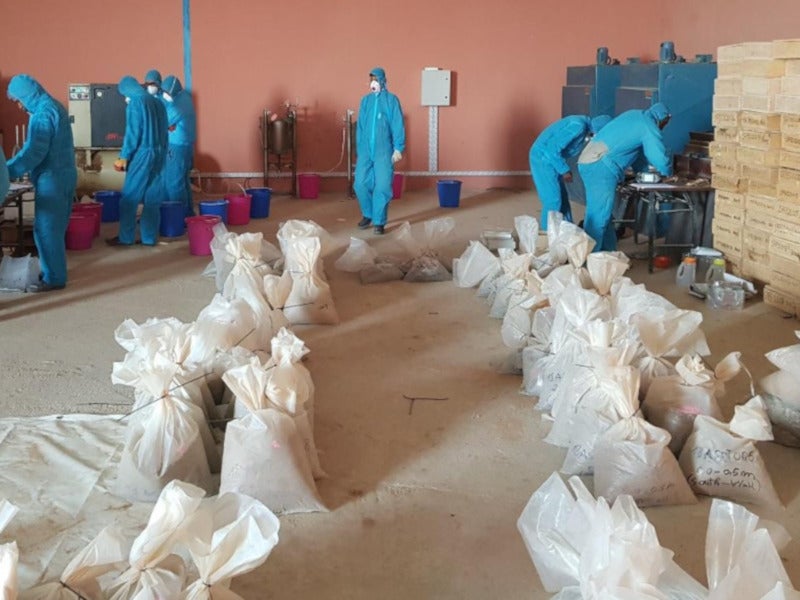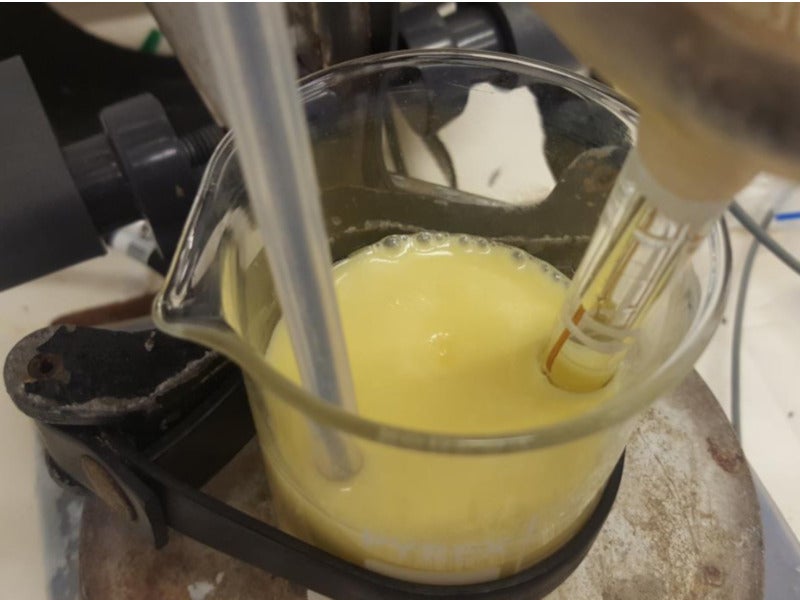Tiris uranium project is a major greenfield mine being developed by Aura Energy, with an estimated capital cost of £51.9m ($62.9m).
Located in Mauritania, the uranium mine is anticipated to produce 12.4 million pounds (Mlbs) of uranium a year for an initial 15 years of mine life.
A scoping study of the project was completed in July 2014, followed by a definitive feasibility study (DFS) in July 2019. The environmental and social impact assessment (ESIA) for the project was approved by the Mauritanian Government in October 2017, followed by the grant of exploitation license in December 2018.
Construction of the project is anticipated to be commenced in 2019, while uranium production is scheduled for 2021.
Tiris uranium project location and geology
The Tiris uranium project is located approximately 680km from the nearby town of Zouerat and 1,440km from the Mauritanian Capital, Nouakchott.
It is located on the Paleoproterozoic rocks of the Reguibat Craton that are primarily granitoids, meta-sedimentsand volcanics, generally of high metamorphic grade.
The rocks containing low uranium content appear to be pale grey medium-grained granite with coarse phenocrysts of plagioclase. The higher uranium content rocks are mildly hot granite that appears to be finer-grained pink porphyritic granites, which are typically fractured and foliated.
Uranium mineralisation is formed in 1 to 12m-thick shallow horizontal tabular bodies, hosted in weathered granite and granitic sediments. Vanadium is found with uranium in carnotite, as potassium uranium vanadate.
Tiris uranium project reserves
The ore reserves are estimated to be 10.9 million tonnes (Mt), grading 336 parts per million (ppm).
As of December 2018, the total measured, indicated, and inferred mineral resources of Tiris uranium project were 66Mt, grading 334ppm. Contained reserves were estimated to be 49Mlbs of U3O8.
Mining and ore processing at Tiris uranium project
Open-pit dry mining method using bulldozers, excavators, and trucks will be applied at the Tiris uranium project. Strip mining will be implemented to transfer waste to the previously mined area.
Mining is proposed to be conducted at three Lazare resources over the first six years of mine life.
The mined ore will be transported to run-of-mine (ROM) stockpiles and conveyed to the wet drum rotary scrubber using feed hopper followed by coarse and fine screening.
The processing plant will include beneficiation circuit, uranium extraction circuit, and uranium purification and precipitation circuit.
The ore will be subject to alkaline leaching, solid-liquid separation, and ion exchange at the uranium extraction circuit.
The resin loaded with uranyl carbonate will be eluted by using sodium bicarbonate and the eluted uranium stream will be further concentrated by nano-filtration. Sodium bicarbonate will be recovered and recycled back to the leach circuit.
Uranium will be precipitated with sodium hydroxide as sodium diuranate (SDU), with the resulting precipitate filtered and dissolved in sulphuric acid as uranyl sulphate, ready for final precipitation.
Uranium is precipitated with hydrogen peroxide to form the final uranyl peroxide (UO4) product, which will be dried or calcined to form the final Yellowcake product.
The final product will be packed in secure 205L IP-1 open head steel drums and strapped within a 6m container for transport by road to the Port of Nouakchott.
Off-take agreements and project financing
Aura Energy entered a non-binding memorandum of understanding (MoU) with Curzon Uranium Trading (Curzon) in January 2019, for the supply of 800,000lbs of uranium from the Tiris project for seven years.
Curzon also holds an option to purchase a further 1.8Mlbs of uranium from the project.
Aura has secured a funding of A$2m ($1.36m) from Lind Partners in the form of a convertible note, which was used for the completion of the Tiris DFS and Häggån scoping study.
Project infrastructure
The project can be reached through the access road to Zouerat. Power will be sourced from the main power station located adjacent to the processing plant, in addition to diesel generators.
The main power plant will include a combination of diesel and solar generation systems, to be supplied under a five-year build, own, operate (BOO) contract.
Water required for the project is proposed to be sourced from the nearby extensive drainage system Oued El Foule Depression, located within 20km from the plant site.
Workers will be accommodated at the 146-person accommodation camp on-site.
Contractors involved
Aura Energy engaged MinCore Engineers, Simulus Engineers, and MiningPlus for reviewing the operating cost estimates for the Tiris Project as part of the feasibility study.
Simulus Engineering designed the leach plant engineering model, while Adelaide Control Engineering (ACE) modelled the uranium recovery and packaging design.
METS Engineering was engaged for the estimate review, while Wallis Drilling and Capital Drilling conducted drilling studies.
Mincore Engineering is the overall project engineer, which also completed the scoping study review for the Tiris uranium project.





